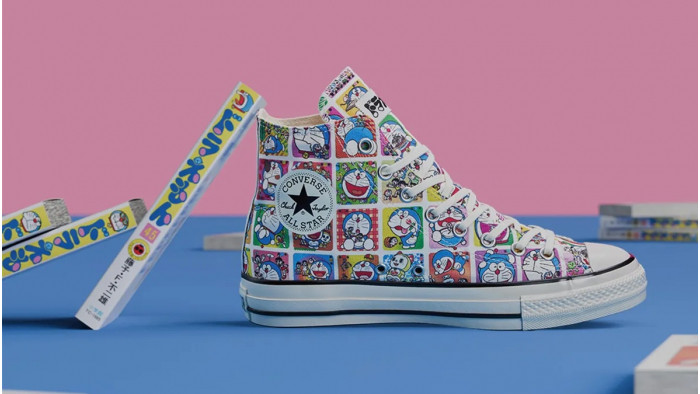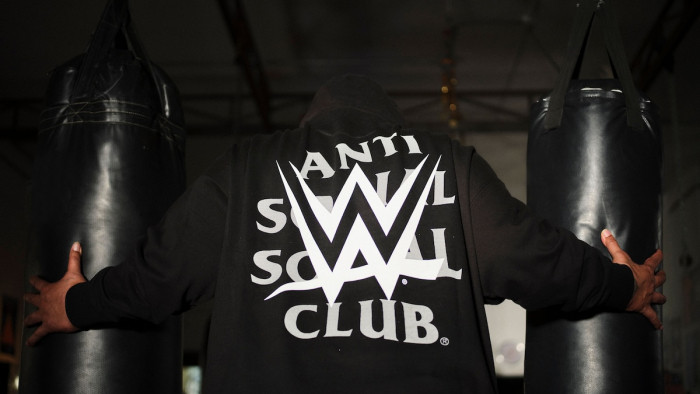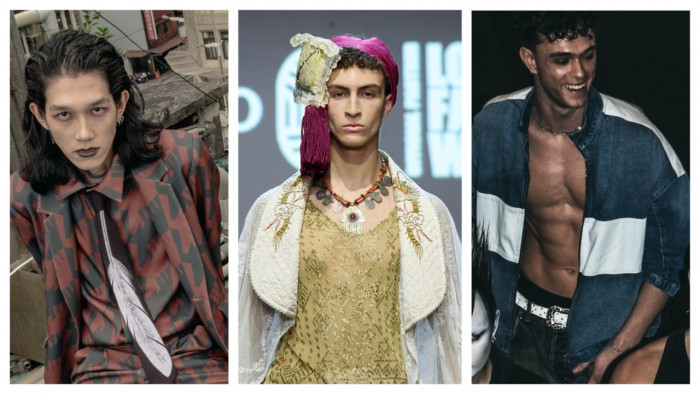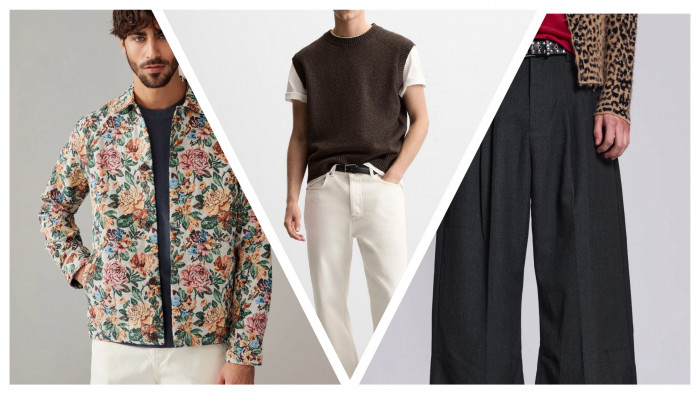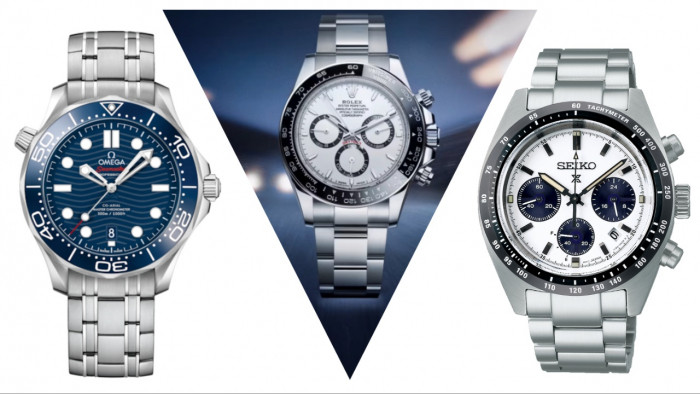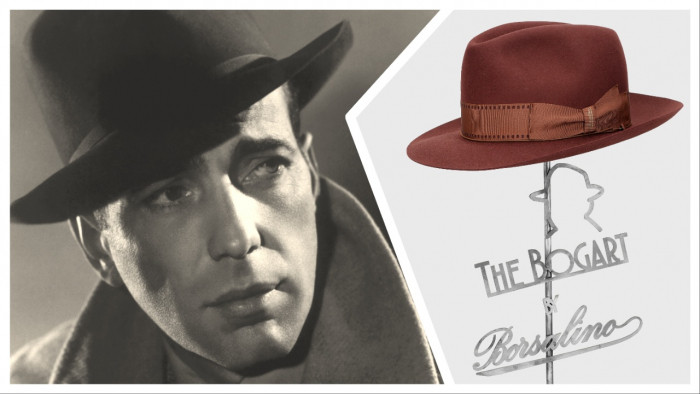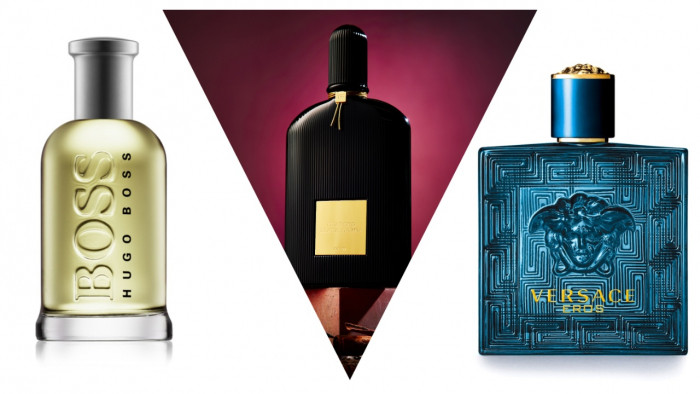Just what is it that makes a male grooming product? Ahmed Zambarakji explores the world of gender-specific cosmetics.
If the regular round-up of man moisturisers and shaving accoutrements featured on billboards, in TV adverts and, well, in ShortList is anything to go by, there is no shortage of ‘men only’ brands vying for your hard-earned cash. Were you to look at the figures, the men’s grooming industry – which Mintel last estimated to be worth a hefty £805m – appears to be alive and kicking. With the social stigma attached to male grooming fading fast, there is an increasing demand for skincare products that deliver real results.
But while men account for a sizeable 47 per cent of products sold, not all guys are buying ‘men only’ brands. In fact, many men deliberately dodge the overzealous claims of male products and opt for unisex or ‘gender neutral’ brands instead. A cursory glance around any couple’s bathroom is ample evidence that, shaving kit aside, most men use whatever their girlfriends or wives bring home, irrespective of what’s written on the bottle. Shimon Kalichman of L’Occitane concurs, “Most of our male customers buy into our brand via their wives or girlfriends. They’re generally pretty open-minded, but we do offer a men’s range, too. A lot of guys just want the best product, irrespective of whether it’s male-specific or not.”
Most people would assume there’s little difference between men’s and women’s products anyway. After all, isn’t it simply the same stuff repackaged and re-branded in a macho fashion? The manufacturers just make the men’s stuff smell of petrol and leather rather than rainbows and daisies, surely? Well, yes… and no.
Skin deep
Cosmetic dermatologist Dr Sebagh, whose unisex line is as popular with men as it is with his female clientele, points out, “The essential ingredients that preserve and protect the skin’s natural lipidic barrier are basically the same.” So if you’re in the business of trouble-shooting serious skin conditions or fighting the signs of ageing, the key actives to look out for – retinoids, peptides, AHAs, antioxidants and so forth – work equally well on both sexes.
While it is true that ‘skin is skin’ and the ingredients worth using don’t discern between men and women, there are certain structural differences between men’s skin and women’s skin that mean they need to be treated slightly differently. This has resulted in the prosperous niche for male-specific products.
Androgens (male hormones) are responsible for most of these dermatological idiosyncrasies. Not only do they control things such as hair and bone growth and sperm production, but male hormones also have a pronounced effect on the physiology of our skin.
It is because of androgens that male skin is oilier than female skin – a distinguishing characteristic that makes us more prone to blackheads and acne than women. Androgens can also be held responsible for the fact that our skin is 20 per cent thicker, with 22 per cent more collagen – gender-specific jackpots that make us more resilient to environmental aggressors, and consequently less likely to show signs of ageing as early as women.
As cosmetic dermatologist Dr Sam Bunting indelicately puts it, “With men, testosterone levels gradually decline over time, so they tend to age in a much more graceful manner. Women, on the other hand, tend to fall off the proverbial cliff.”
Thicker, tougher and generally manlier skin – which has the dubious pleasure of being massacred by a razor blade on a regular basis – means a male-specific product has to pack a certain amount of punch if it’s going to deliver noticeable results. “While there’s no distinction between the ingredients I would prescribe for my male clients versus my female clients,” says Dr Bunting, “I might ramp up the aggressiveness for the guys, because their skin is generally more tolerant.”
And while there are limitations on the amount of active ingredients an over-the-counter formula can pack, most mainstream brands dial up the potency of their men’s products for the same reason. As Dr Tom Mammone, Clinique’s executive director of skin physiology and pharmacology, admits, “The men’s versions of our Clarifying Lotions, called Scruffing Lotions, are ‘stepped up’ versions of the women’s formulas.”
The demand for ‘tougher’ formulas is compounded by the fact that most men are, at heart, problem/solution-orientated creatures, who expect to see miraculous results in a short period of time. And so, while that fancy jar of unicorn tears you surreptitiously pinched from your girlfriend isn’t going to do you any harm, it isn’t going to overhaul your face overnight. It’s also unlikely to contain all the necessary ingredients required for those pesky shaving-related concerns.
Simple routine
The physiological differences in men and women’s skin types mean men’s products also require a certain consistency in order to be successful. While women often gravitate towards dense, thick creams, men respond far better to non-greasy and easily absorbed formulas that don’t exacerbate the amount of oil production that’s already been triggered by those rampant androgens. “We have to take these aesthetic differences into account when formulating different products for men and women,” says Dr Mammone, in justification of its overwhelmingly popular men’s line.
The other key difference, of course, is the way men groom themselves compared to women. Few men want to be burdened with an extensive routine that requires more time than it takes to make a cup of tea. Being a relatively time-poor and low-maintenance demographic, most men would sooner depend on a multi-tasking product rather than implement a high number of stages into a rigid, twice-daily regime.
And so a number of brands have met this male-specific demand by concocting ‘everything but the kitchen sink’ formulas – the kind that pack in the likes of an SPF, a postshave balm and anti-ageing ingredients. Many women, meanwhile, tend to delight in the ritual of beautifying, and often prefer to have a specific serum or lotion for each of their skin concerns.
GI Joe grooming
Finally, there is an undeniably strong psychological factor at work when it comes to persuading men to invest exclusively in male-specific brands. Despite the fact a lot of us are happy to plunge our grubby fingers into the aforementioned jar of unicorn tears in the privacy of our own homes, how many men would do the same in the gym changing room?
While most men are smart enough to see through the smoke and mirrors of today’s marketing, the way a product is packaged and positioned still has an enormous impact on our purchasing decisions – especially among those in their teens and twenties, who are set to dominate the market in years to come.
Even if we were buying the same formulations as women – and some brands clearly do just repackage the same goop – there is an element of safety that comes with the guy-friendly language and packaging when you’re unsure of what product to buy. Where ‘radiance’ is a common word in the average woman’s beauty vocabulary, men are more likely to invest in formulas that promise to ‘transform’ or ‘energise’ the skin, even if the ingredients are exactly the same as the women’s product.
The marketing of men’s products may have become a touch hyperbolic in recent years but, culturally, we’re no longer so afraid of emasculation that skincare brands feel they have to overcompensate with GI Joe-style marketing. Indeed, you might soon end up finding that the ‘best a man can get’ comes packaged in a glossy pink jar.
(Illustration: Miles Donovan)


